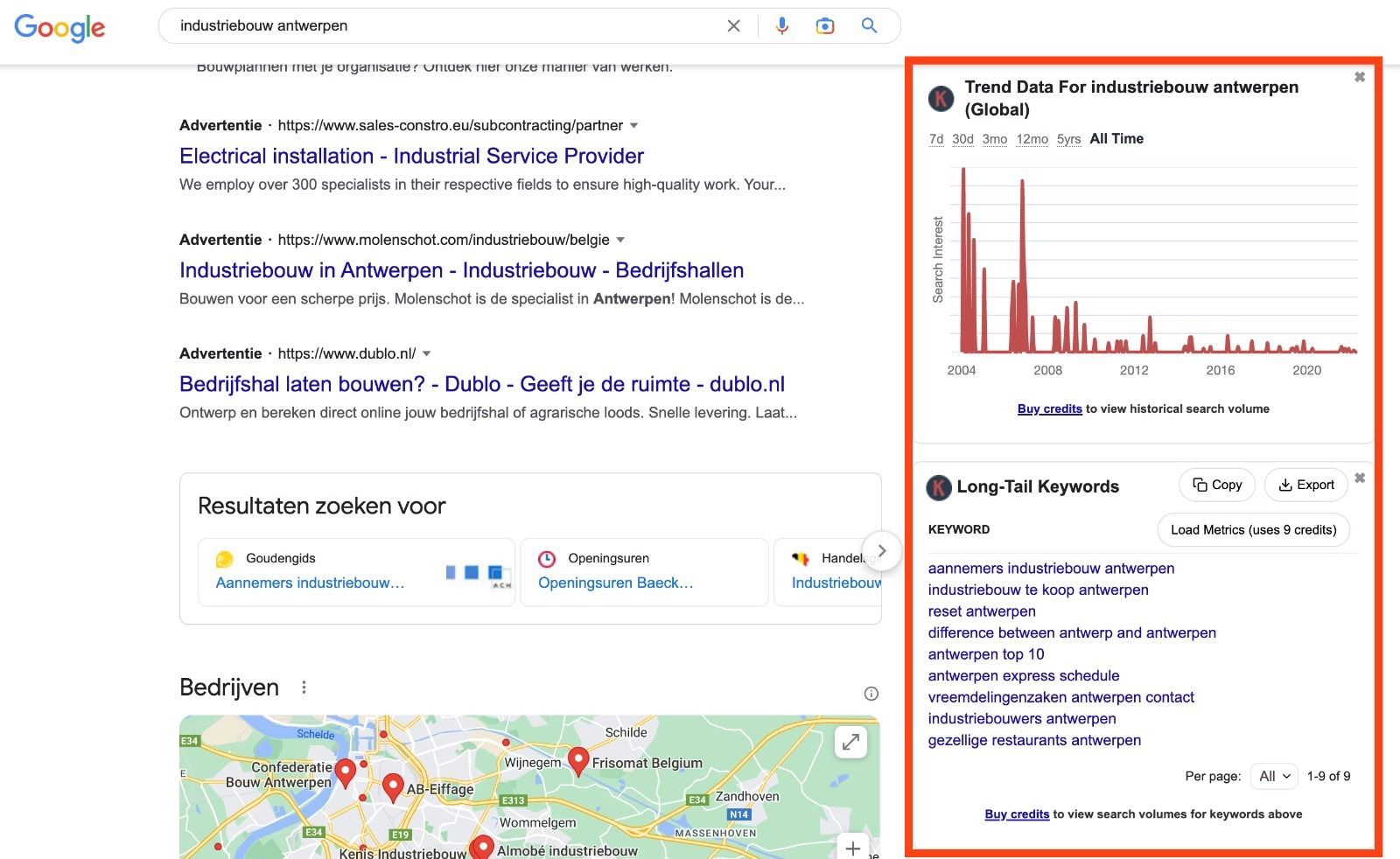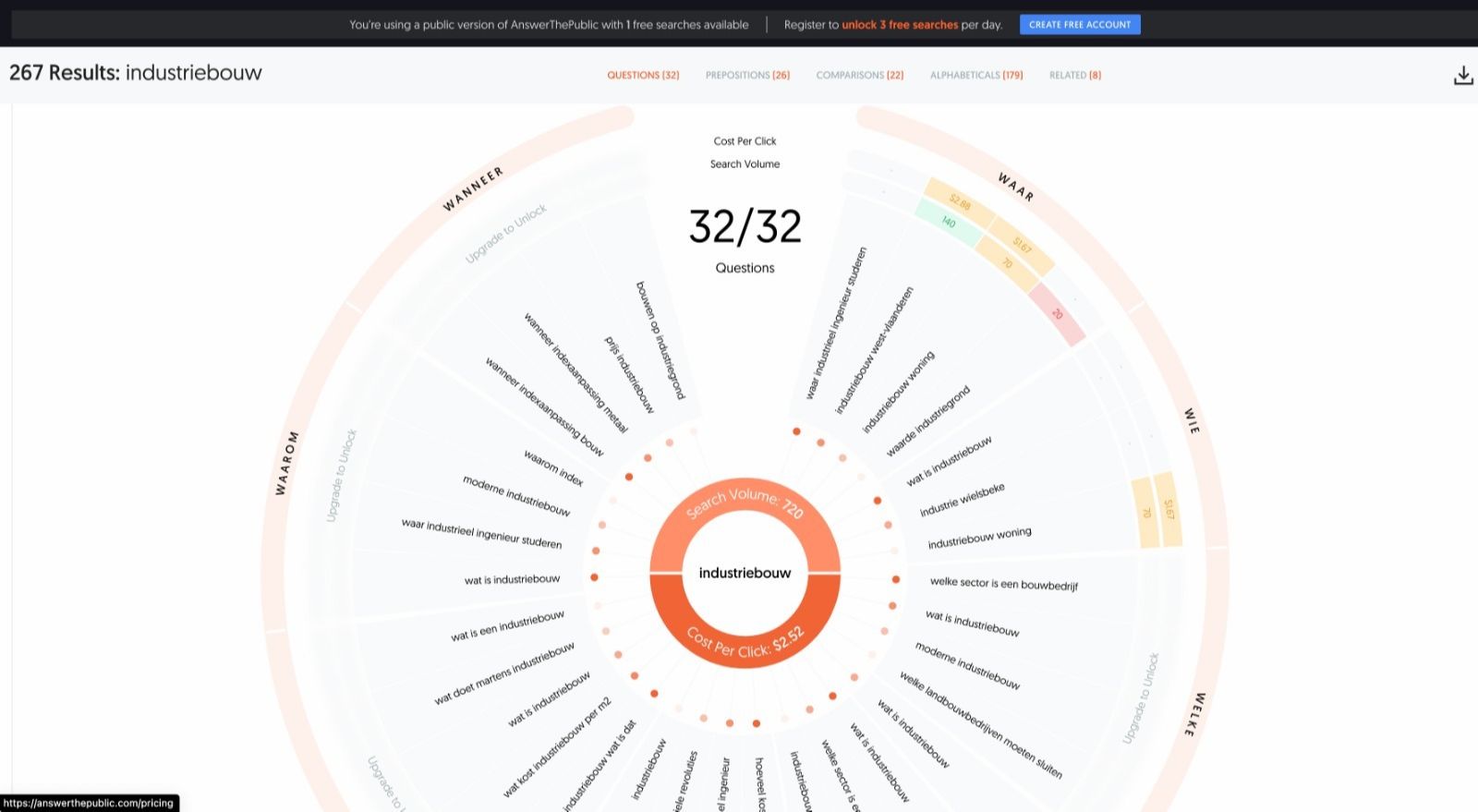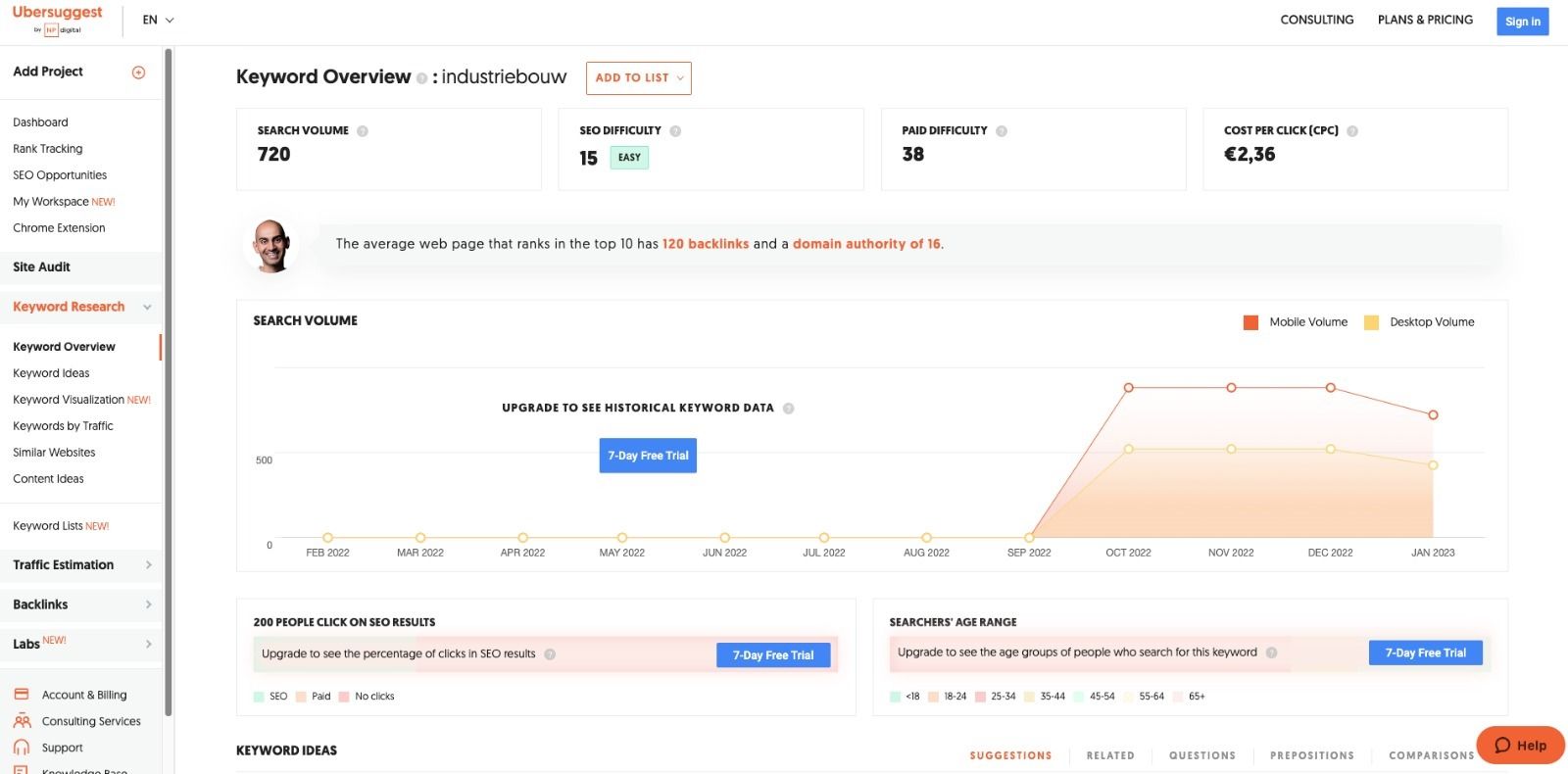Level up your marketing with these market research tools and techniques
If only you could take a look inside your consumers’ minds. But wait… what if we told you there is a way? Market research provides you with essential information about your buyers. This, in return, helps you find out how to best sell your products. Ready to dive in? We’re here to give you the big scoop on how to effectively use market research to your advantage.

If only you could take a look inside your consumers’ minds. But wait… what if we told you there is a way? Market research provides you with essential information about your buyers. This, in return, helps you find out how to best sell your products. Ready to dive in? We’re here to give you the big scoop on how to effectively use market research to your advantage.
Different kinds of market research
Market research is market research. Or is it? In fact: there are two types of market research, and they’re equally important. If you’re looking to choose either one, this decision comes down to what you want to learn about your audience.
Primary market research
Primary market research is, as the name suggests, research that your organisation gathers first-hand. It’s not accessible to anyone else unless you make it so. Examples of primary market research include (but aren’t limited to):
- Interviews
- Surveys
- Focus groups
- MVP testing
Secondary market research
Secondary market research is information that can be found through external sources. Your organisation turns this into valuable research documents. A few ways to execute secondary market research are the following:
- Blog posts
- Whitepapers
- Company reports
- Public library records
Should you go for qualitative or quantitative market research?
The short answer is both! They make a great team, so why separate them? Now for the long answer.
- Quantitative research focuses on big data, on collecting everything there is to know in order to spot trends, find patterns, measure averages and create strongly justified predictions.
- Qualitative research focuses on conversations with actual customers. It’s used to understand how customers feel about new products, marketing campaigns or other company endeavours.
Pro tip
Don’t just talk to your customers when you need their advice. Build customer conversations into your company processes. It’s a valuable and critical piece of feedback that transcends marketing and ends up improving the business as a whole.
Tools to do online market research
Now that you’ve got the semantics down, it’s time to get the show on the road.
Online tools to discover trends and topics
Use the Google Search Engine. There’s plenty of easy-access data available when you start looking for your own products or services.
- Google Suggest - simply put this is the ‘autocomplete’ of Google providing you relevant suggested searches to your topic.
- Google Related Search - whenever scrolling down in the results page, you’ll find a group of related searches. These are actual, popular searches performed around your topic.
- Use Google’s Advanced Search - refine your search to weed through the obvious. Edit location, language, negative keywords or modify the matching types of keywords (contains, exact match..).
Pro tip
Use KeywordsEverywhere to enrich your Google Search environment. Adding the Chrome extension to your browser will add a ton of keyword information while browsing Youtube or Google.

Image: KeywordsEverywhere
Google Trends helps you provide the overall interest in specific keywords or topics. Simply type the keywords relevant to your business and find out trends over time, location or related topics.

Image: Answerthepublic
Answerthepublic and Ubersuggest: two popular tools owned by Neil Patel, the SEO and content marketing legend. Answerthepublic helps you to get related searches (questions and long tail variations) to a keyword of your choice. Ubersuggest on the other hand goes into more detail on the SERP (search engine result page). It provides insight on competitors, content ideas, keyword ideas and volumes etc.

Image: Ubersuggest
Online Competitor Research
Ubersuggest is also great for getting a grip on your competitors online. What is their top-scoring content? How do they rank compared to you for critical keywords? Additional data like CPC, competition metrics, volumes and more are available while browsing with the Chrome extension.
SimilarWeb is another online tool that is focused on digital competitor analysis. With the free version you can get data on traffic acquisition, audience demographics and paid/organic search engine efforts.
Buildwith and Spyfu are our last additions to the list for competitor research. You can provide any domain, and the tools will try to gather as much data as possible. Where Spyfu focuses on the acquisition part: keywords, content and channels, Builtwith focuses on the online technology your competitors use.
Online Audience Research
After having an idea of the actual trends in the market, what competitors to look out for and how to get a competitive edge on those competitors, it’s time to dive into the actionable data.
Advertising platforms provide a great deal of free value hidden in their interfaces. You literally don’t have to spend a euro to get access to the advanced tools. We’ll go over the most important ad platforms where you can create an account for free to use the following assets.
Google Ads: your data for the world’s biggest search, display and video network. Handy tools to get that detailed data for your campaigns are:
- Google Keyword Planner: discover new keyword ideas and build keyword lists with volumes, competition and cpc data.
- Google Display Planner: a free tool that helps advertisers plan and forecast their display campaigns
- Google Audience Manager: build your custom audiences based on interests, search behaviour, interest in websites and more. You’ll receive audience volumes, demographic data and budget estimates.
Social Media ad platforms like Facebook, LinkedIn and Snapchat share the same principle.
Create your account, build a campaign, connect your credit card and you’re set. The campaign builder gives you the opportunity to define your target audiences on their platform. You’ll get audience volumes, demographic details and budget estimations for free and without limits in searches or functionalities.
Your social media pages on LinkedIn or Meta are bursting with audience insights. Find the analytical hub of your social media platforms and dive into the details of your audience. Some inspiration of possible interesting data to look for include:
Relevant follower ratio: what’s the % of followers that is really interesting in your market? How does this ratio grow every month?
Engagement rate: does the content you put out truly resonate with your target audience?
Train for better marketers
At NedWorks, we believe continuous training keeps marketers on their toes. We don’t have to tell you that the world of marketing is a dynamic one. NedWorks offers a variety of online training sessions to support your marketing team throughout their career.
There are more tools to discover!
Check out our 52 free online tools to make you a better marketer.
Or get in touch with our team.

